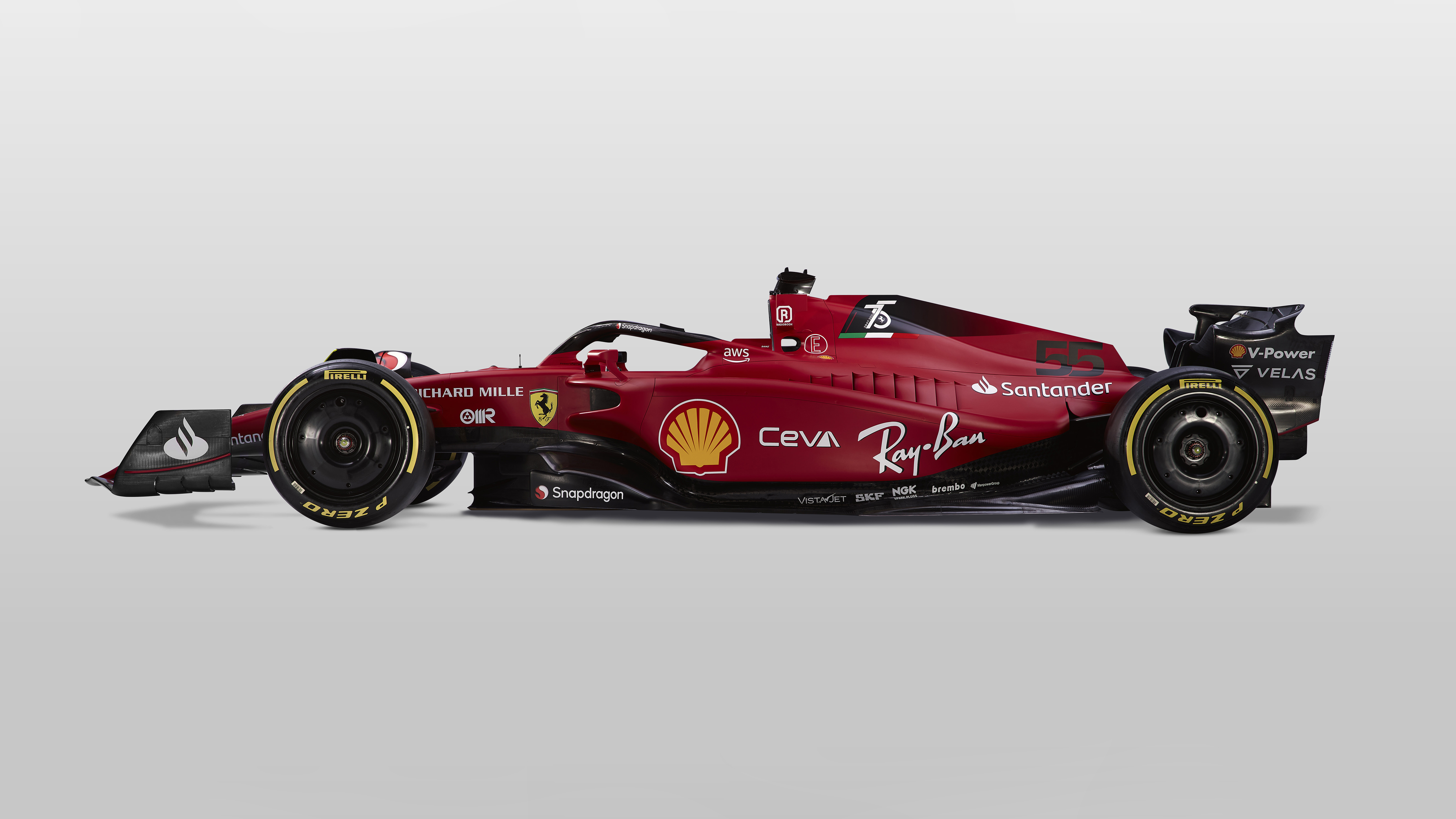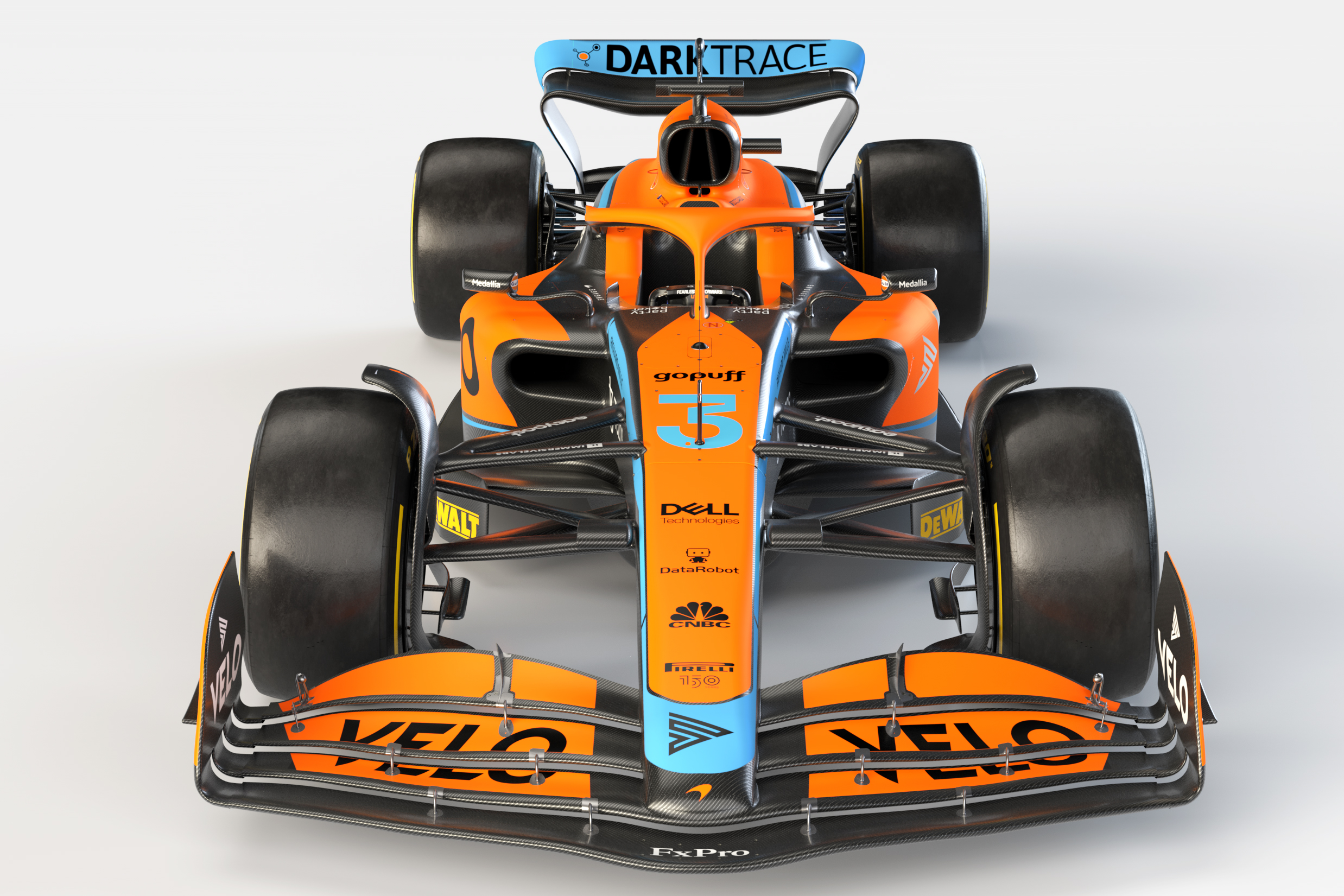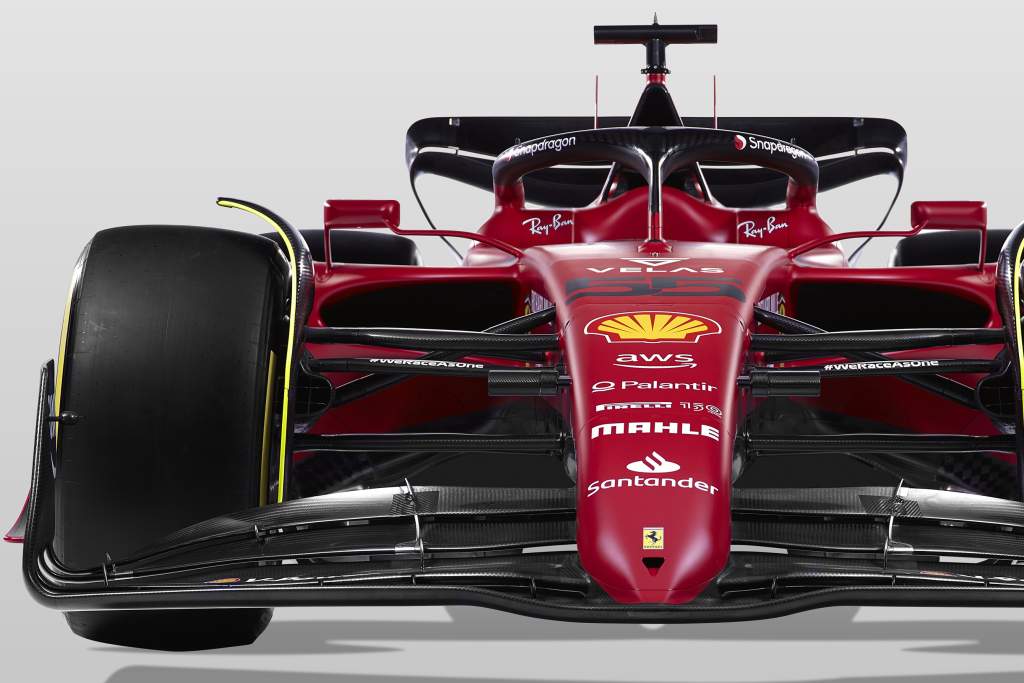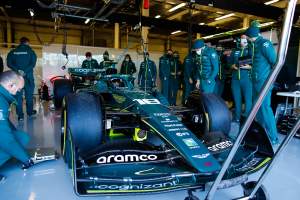Up Next

Has the intent of the new Formula 1 regulations already been subverted by the teams’ search for performance in the design of their cars?
That’s a question currently hanging after the recurring theme of the designs unveiled so far shows how teams have pushed very hard to generate aerodynamic outwash on the cars, so as to channel disturbed air away from the bodywork sides and floor and to direct it instead outboard of the rear wheels, despite the outlawing of bargeboards.
It is this turbulent flow outside of the rear wheels which was deemed largely responsible for the difficulty the following cars would have in staying close through the corners. The specific intent of the regulations was to produce cars where almost all of the air disturbed by passing through the front wing and around the front tyres would be channelled inboard of the rear tyres.
Enrico Cardile, head of chassis at Ferrari, is already sceptical that the intent of the new regulations in improving wheel-to-wheel racing will be met this year.

Speaking at the Ferrari F1-75 launch he said, “This generation of vehicle will be heavier and have very rigid wings and the downforce is very different from that of the concept model presented by Formula 1.
“All of these aspects do not go in the direction of facilitating track duels.”
Ferrari team principal Mattia Binotto is also doubtful but perhaps less adamant.
“We need to wait to see on track,” he said.
“All we have is simulation and windtunnel data. It’s very difficult to judge.
“The cars are developing quite a big amount of downforce and performance so I’m expecting not so many differences from last year – but I could be completely wrong. Only the track can tell us.”

Forward sidepods with bluff head-on profiles feature on at least two of the cars so far seen – the McLaren and Haas – and on all of the cars it would appear in the way the leading edge of those sidepods are shaped that the intention is to create high pressure areas which will naturally force the air coming off the front wing and front wheel to outwash well away from the car. The cambering of front wing endplates and those of the outer vanes to the floor all suggest the same.
Former team technical director Pat Symonds led the whole concept of the ‘22 aero regs and speaking last year of the concept car, said, “We keep the streamlines very coherent and almost all of the wake is fed inside the car. Only a little bit escapes around the outside of the rear wheels…. Even the air which does manage to get outboard of the rear wheels, we are able to bring it back in again.”
But Cardile’s comments suggests this may not be the case.
“There are other parameters to consider,” he continues. “How quickly the very stringent technical rules will result in converging performance. This will be slowed down by the spending curbs imposed by the budget cap. In short, the situation is complex and unpredictable.”
Carlos Sainz is expecting to have a much clearer picture of the situation after the Barcelona general shakedown days of next week.
“At the circuit we can evaluate it,” he said. “Maybe we’ll run behind other cars just to see how it feels.”





